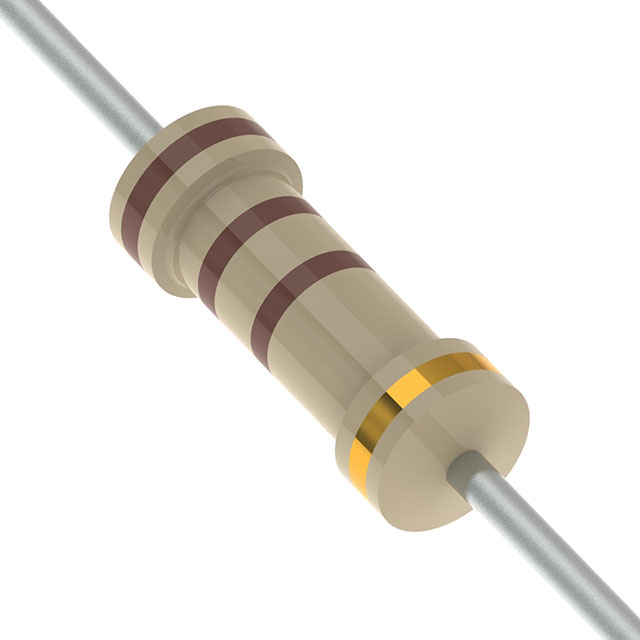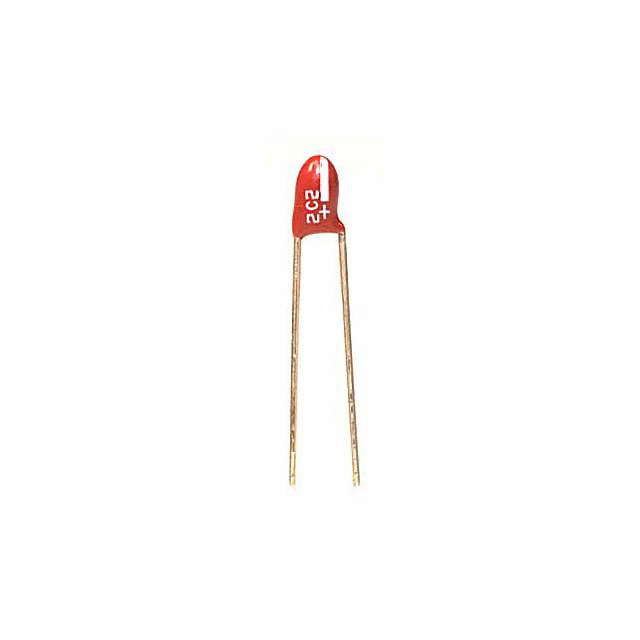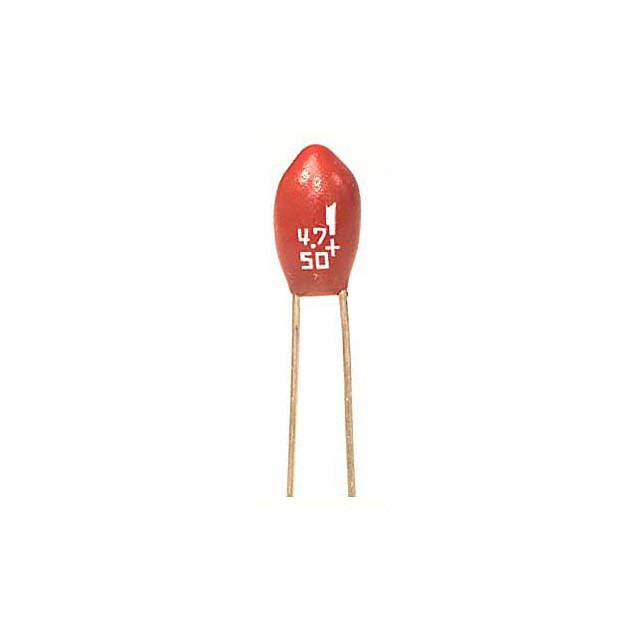热门零件
HCPL2601
MCT6
S6008L
CFR-12JB-52-110R
ECS-F1CE225K
ECS-F1HE475K
ECS-F1HE335K
ECS-F1HE155K
CFR-50JB-52-1R
MM74HC4050N
CFR-50JB-52-1K
CFR-25JB-52-1K
MM74HC4049N
CFR-50JB-52-1M
CFR-25JB-52-1M
CFR-25JB-52-1R
MM74HC4040N
CFR-50JB-52-1R1
MM74HC4020N
CFR-50JB-52-1K1
CFR-25JB-52-1K1
CFR-50JB-52-1M1
CFR-25JB-52-1M1
CFR-25JB-52-1R1
MM74HC393N
CFR-50JB-52-1R2
CFR-50JB-52-1K2
CFR-25JB-52-1K2
MM74HC374N
CFR-50JB-52-1M2
CFR-25JB-52-1M2
CFR-25JB-52-1R2
MM74HC373N
CFR-50JB-52-1R3
CFR-50JB-52-1K3
CFR-25JB-52-1K3
CFR-50JB-52-1M3
CFR-25JB-52-1M3
CFR-25JB-52-1R3
LT1213CS8
CFR-50JB-52-1R5
CFR-50JB-52-1K5
CFR-25JB-52-1K5
CFR-50JB-52-1M5
CFR-25JB-52-1M5
CFR-25JB-52-1R5
CFR-50JB-52-1R6
CFR-50JB-52-1K6
CFR-25JB-52-1K6
CFR-50JB-52-1M6
CFR-25JB-52-1M6
CFR-25JB-52-1R6
CFR-50JB-52-1R8
MM74HC259N
CFR-50JB-52-1K8
CFR-25JB-52-1K8
行业新闻
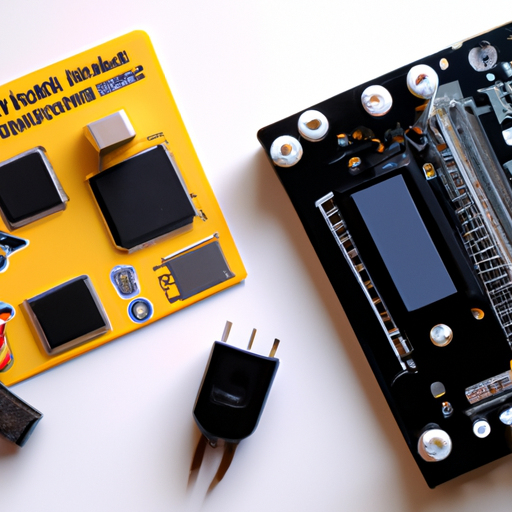
驱动器ISO1050DUBR的主要应用领域
2026-01-11
125
ISO1050DUBR,作为德州仪器(TI)推出的一款高性能电隔离CAN收发器集成电路,凭借其出色的性能参数和丰富的功能,在多个行业领域中得到了广泛的应用。这款驱动器专为应对严酷工业环境中的挑战而设计,集成了多种保护机制,确保了在极端条件下的可靠运行。
在工业自动化领域,ISO1050DUBR发挥着至关重要的作用。在工业控制系统中,它能够实现数字信号与模拟信号之间的隔离,有效保护系统免受电气干扰和损坏,从而提高系统的可靠性和稳定性。这种隔离功能对于防止数据总线或其他电路上的噪声电流进入本地接地并干扰或损坏敏感电路至关重要。因此,ISO1050DUBR成为工业自动化中不可或缺的一部分。
在电力电子领域,ISO1050DUBR同样表现出色。在各种电力电子设备中,它不仅可以用于隔离控制信号,还能实现功率器件和控制电路之间的隔离,从而保护电子设备和提高系统的效率。其高达2500VRMS的电隔离能力,以及过压、过流、过热等保护功能,使得ISO1050DUBR在面对高压冲击时能有效守护相连设备的安全。
电动车辆领域也是ISO1050DUBR的重要应用领域之一。在电动车辆的电动驱动系统中,ISO1050DUBR可以用于隔离电动机控制信号和电池管理系统之间的通信信号,确保各个子系统之间的安全和可靠性。这对于提高电动车辆的整体性能和安全性具有重要意义。
此外,ISO1050DUBR还广泛应用于电力系统中的数字通信系统,如串行总线通信、数据采集和控制信号隔离等。其符合ISO11898-2标准规范,支持高达1Mbps的CAN总线传输速率,使得在电力系统中的应用更加高效和可靠。
在仪器仪表领域,ISO1050DUBR同样发挥着重要作用。在各种仪器仪表的测量和控制系统中,它可以用于隔离传感器信号、控制信号和数据通信信号,保证测量和控制的准确性和稳定性。这对于提高仪器仪表的性能和可靠性具有重要意义。
除了以上领域,ISO1050DUBR还应用于医疗设备、建筑和气候控制(HVAC)自动化、安全系统、交通和电信等多个领域。其出色的性能参数和丰富的保护功能,使得它成为这些领域中CAN总线通信系统的佼佼者。
总的来说,ISO1050DUBR凭借其高性能、高隔离能力和丰富的保护功能,在工业自动化、电力电子、电动车辆、电力系统、仪器仪表以及医疗设备等多个领域中都得到了广泛的应用。它的出现不仅提高了这些领域的系统性能和可靠性,还为相关行业的发展注入了新的活力。随着技术的不断进步和应用领域的不断拓展,ISO1050DUBR有望在更多领域发挥更大的作用。
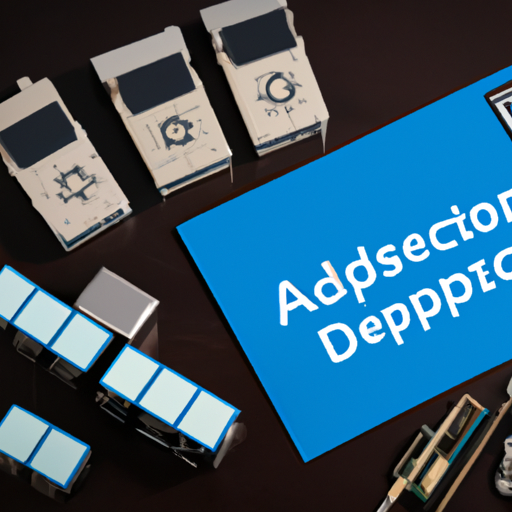
数字隔离器ADM2582EBRWZ市场需求现状分析
2026-01-11
122
数字隔离器作为现代电子系统中的重要组件,承担着信号隔离、保护电路以及提高系统稳定性等多重任务。其中,Analog Devices公司推出的ADM2582EBRWZ数字隔离器,凭借其出色的性能和广泛的应用领域,在市场中占据了重要的一席之地。本文将深入探讨ADM2582EBRWZ数字隔离器的市场需求现状,并分析其背后的驱动因素和未来趋势。
一、市场需求现状
近年来,随着工业自动化、智能制造、物联网等新兴技术的快速发展,数字隔离器的市场需求呈现出快速增长的态势。ADM2582EBRWZ作为一款高性能的数字隔离器,其市场需求尤为旺盛。这主要得益于其出色的电气隔离性能、高速数据传输能力以及丰富的保护功能,使其在各种工业控制、通信设备、电力系统中得到了广泛应用。
在工业控制领域,数字隔离器能够隔离不同电压等级的电路,防止因电气干扰或故障而导致的系统崩溃。ADM2582EBRWZ凭借其高隔离电压(高达2500Vrms)和高速数据传输速率(最高可达16Mbps),在工业自动化系统中发挥着重要作用,有效提高了系统的可靠性和稳定性。
在通信设备领域,数字隔离器能够隔离数字信号和模拟信号,防止信号干扰和噪声干扰,提高通信质量。ADM2582EBRWZ集成了过压保护、短路保护等安全功能,使得其在通信设备中的应用更加安全可靠。
此外,在电力系统中,数字隔离器也被广泛应用于数据采集、控制信号隔离以及故障保护等方面。ADM2582EBRWZ的高共模瞬变抗扰度和热关断保护功能,使其能够在复杂的电力环境中稳定运行,为电力系统的安全运行提供了有力保障。
二、市场需求驱动因素
技术进步:随着科技的不断发展,新材料、新工艺的应用为数字隔离器的性能提升和成本降低提供了技术支撑。ADM2582EBRWZ等高性能数字隔离器的出现,正是技术进步推动市场需求增长的重要体现。工业自动化和智能制造:工业自动化和智能制造的快速发展,对数字隔离器的性能、精度、可靠性等方面提出了更高的要求。ADM2582EBRWZ等高性能数字隔离器能够满足这些要求,成为工业自动化和智能制造领域的重要支撑。物联网技术的普及:物联网技术的普及应用,使得数字隔离器在智能家居、智能交通、智能医疗等领域的应用场景不断扩大。ADM2582EBRWZ等高性能数字隔离器能够保障物联网系统中信号传输的稳定性和安全性,推动物联网技术的快速发展。政策支持:政府对于技术创新和产业升级给予了政策支持,鼓励企业加大研发投入,提升产品技术水平。这为数字隔离器行业的发展提供了良好的政策环境,推动了市场需求的增长。
三、未来趋势
展望未来,随着工业4.0、物联网等新兴技术的持续推广和应用,数字隔离器的市场需求将继续保持快速增长。同时,随着市场竞争的加剧和技术的不断进步,数字隔离器的性能将不断提升,成本将不断降低,应用领域将进一步扩大。
对于ADM2582EBRWZ等高性能数字隔离器而言,未来市场将呈现以下趋势:
技术创新:随着技术的不断进步,数字隔离器的性能将不断提升,如更高的隔离电压、更高的数据传输速率、更强的保护功能等。这将进一步拓展数字隔离器的应用领域,满足更多复杂场景下的需求。降低成本:随着市场竞争的加剧和规模化生产效应的显现,数字隔离器的成本将不断降低。这将使得数字隔离器在更多领域得到广泛应用,推动整个行业的快速发展。融合应用:随着物联网、大数据、人工智能等技术的不断发展,数字隔离器将与其他技术深度融合,形成更加智能、高效、安全的电子系统。这将为数字隔离器带来新的发展机遇和挑战。综上所述,ADM2582EBRWZ数字隔离器在市场需求方面表现出强劲的增长势头。随着技术的不断进步和市场的不断拓展,其应用前景将更加广阔。同时,面对激烈的市场竞争和技术挑战,企业需要不断提升自身实力,加强技术创新和质量管理,以应对市场变化,抓住发展机遇。
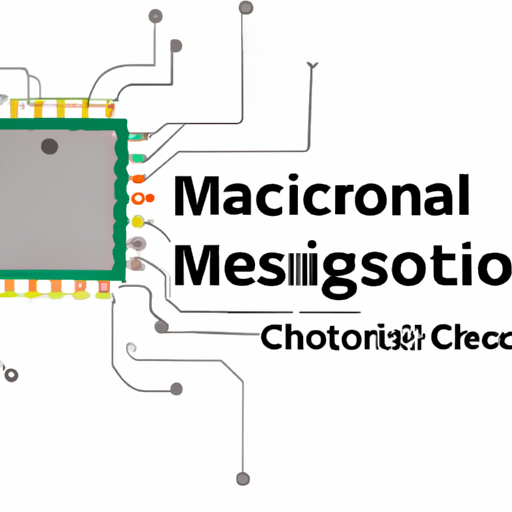
PMIC-直流-直流开关调节器TPS54202DDCR技术特点解析
2026-01-11
124
TPS54202DDCR是一款高性能的直流-直流开关调节器,由德州仪器(TI)生产,属于PMIC(电源管理集成电路)系列。该器件以其广泛的功能特性和优异的性能表现,在电源管理应用中备受青睐。本文将详细探讨TPS54202DDCR的技术特点,以便读者能够更好地理解和应用这款产品。
TPS54202DDCR是一款4.5伏至28伏输入电压范围的2A同步降压转换器。这意味着它能够处理从4.5V到28V的输入电压,并输出最大2A的电流。这种宽输入电压范围使其适用于多种应用场景,如2V和24V的分布式电源总线电源,以及白色家电和消费者应用程序中的音频设备、STB(机顶盒)和DTV(数字电视)等。
TPS54202DDCR集成了两个开关场效应晶体管(FET),并具有内部回路补偿和5毫秒的内部软启动功能。这些特性大大减少了外部组件的数量,简化了电路设计,提高了系统的可靠性和稳定性。通过采用SOT-23封装,TPS54202DDCR实现了高功率密度,同时在印刷电路板(PCB)上的占用空间非常小,非常适合对空间要求严格的应用。
TPS54202DDCR的另一个显著特点是其先进的Eco-mode(环保模式)。该模式通过脉冲跳跃技术,最大限度地提高了轻负载效率,并降低了功率损耗。这种特性使得TPS54202DDCR在能效要求较高的应用中表现尤为突出,如电池供电的设备。
为了减少电磁干扰(EMI),TPS54202DDCR引入了扩频操作。通过调整开关频率,扩频操作能够有效降低EMI,提高系统的电磁兼容性。这对于需要满足严格电磁兼容性标准的应用尤为重要。
TPS54202DDCR还具备多种保护功能,以确保系统的稳定运行。高侧MOSFET上的逐周期电流限制功能可以在过载条件下保护转换器,防止电流失控。同时,低侧MOSFET续流电流限制功能进一步增强了保护能力。如果过电流状态的持续时间超过预设时间,TPS54202DDCR将触发打嗝模式保护功能,以进一步保护电路。
TPS54202DDCR还具有过电压保护和热停堆功能。这些功能能够在电压过高或温度过高时自动关闭转换器,从而保护系统免受损坏。
TPS54202DDCR的开关频率为500kHz,这是一个相对较高的频率,有助于减小输出电容的大小,提高系统的动态响应性能。优化的内部补偿网络进一步简化了控制回路的设计,减少了外部元件的数量。
TPS54202DDCR以其宽输入电压范围、高功率密度、先进的Eco-mode、扩频操作、多重保护功能和优化的内部补偿网络等技术特点,在电源管理应用中展现出了卓越的性能。这些特点使得TPS54202DDCR成为设计高效、可靠电源管理系统的理想选择。

微控制器STM32F030K6T6:一种高性能的嵌入式系统核心元器件
2026-01-11
112
在当今的数字化时代,微控制器作为嵌入式系统的核心,扮演着举足轻重的角色。它们广泛应用于医疗设备、汽车电子、工业控制、消费类电子产品以及通信设备等多个领域。在这些微控制器中,STM32F030K6T6以其高性能、低功耗和丰富的外设接口等特点,成为了众多开发者心中的优选。本文将深入探讨STM32F030K6T6这一元器件的技术特点、应用领域及其在现代电子系统中的重要性。
STM32F030K6T6是由意法半导体(STMicroelectronics)推出的一款基于ARM Cortex-M0内核的微控制器,属于STM32F0系列的一员。它集成了高性能的ARM Cortex-M0 32位RISC内核,运行频率可达48MHz,提供了强大的数据处理能力。同时,该微控制器配备了高速嵌入式存储器,包括高达256KB的闪存和32KB的SRAM,足以满足大多数嵌入式应用对程序存储和数据存储的需求。
STM32F030K6T6的外设接口丰富多样,包括多个I2C、SPI和USART等通信接口,以及一个12位ADC、七个通用16位定时器和一个高级控制PWM定时器。这些外设接口为开发者提供了与外部设备通信和控制的便利,使得STM32F030K6T6能够轻松应对各种复杂的嵌入式应用场景。
低功耗是STM32F030K6T6的另一大亮点。基于ARM Cortex-M0内核的STM32F030K6T6微控制器具有较低的功耗,适用于对功耗要求严格的应用场景,如便携式设备、传感器节点等。此外,STM32F030K6T6还提供了一套全面的节能模式,允许开发者设计低功耗应用,进一步延长设备的电池寿命。
在封装方面,STM32F030K6T6提供了多种封装形式,从20引脚到64引脚不等,满足了不同应用对封装尺寸和引脚数量的需求。这种灵活性使得STM32F030K6T6能够广泛应用于各种空间受限的嵌入式系统中。
STM32F030K6T6的应用领域广泛,包括但不限于医疗设备、汽车电子、工业控制、消费类电子产品以及通信设备。在医疗设备中,STM32F030K6T6可以用于可穿戴健康监测器和便携式医疗设备中,提供精准的数据处理和可靠的通信功能。在汽车电子领域,它可用于汽车电子控制单元(ECU)、车载信息娱乐系统和车身控制系统等,提高汽车的智能化和安全性。在工业控制中,STM32F030K6T6能够控制工业自动化设备、传感器节点和机器人等,实现高效、精确的自动化生产。在消费类电子产品中,它可用于家用电器、智能家居设备和电子玩具等,提升产品的智能化和用户体验。
此外,STM32F030K6T6还得到了STMicroelectronics提供的丰富开发工具和文档支持。这些工具包括编译器、调试器、仿真器等,为开发者提供了从设计到调试的全方位支持。这些资源的存在,使得开发者能够更快速、更高效地进行项目开发,降低了开发成本和时间成本。
综上所述,STM32F030K6T6作为一款高性能的微控制器,以其强大的处理能力、丰富的外设接口、低功耗特性和灵活多样的封装形式,在嵌入式系统中发挥着举足轻重的作用。无论是医疗设备、汽车电子还是工业控制等领域,STM32F030K6T6都展现出了卓越的性能和广泛的应用前景。随着物联网和人工智能技术的不断发展,STM32F030K6T6将在未来继续引领嵌入式系统的发展潮流,为我们的生活带来更多便捷和智能。



